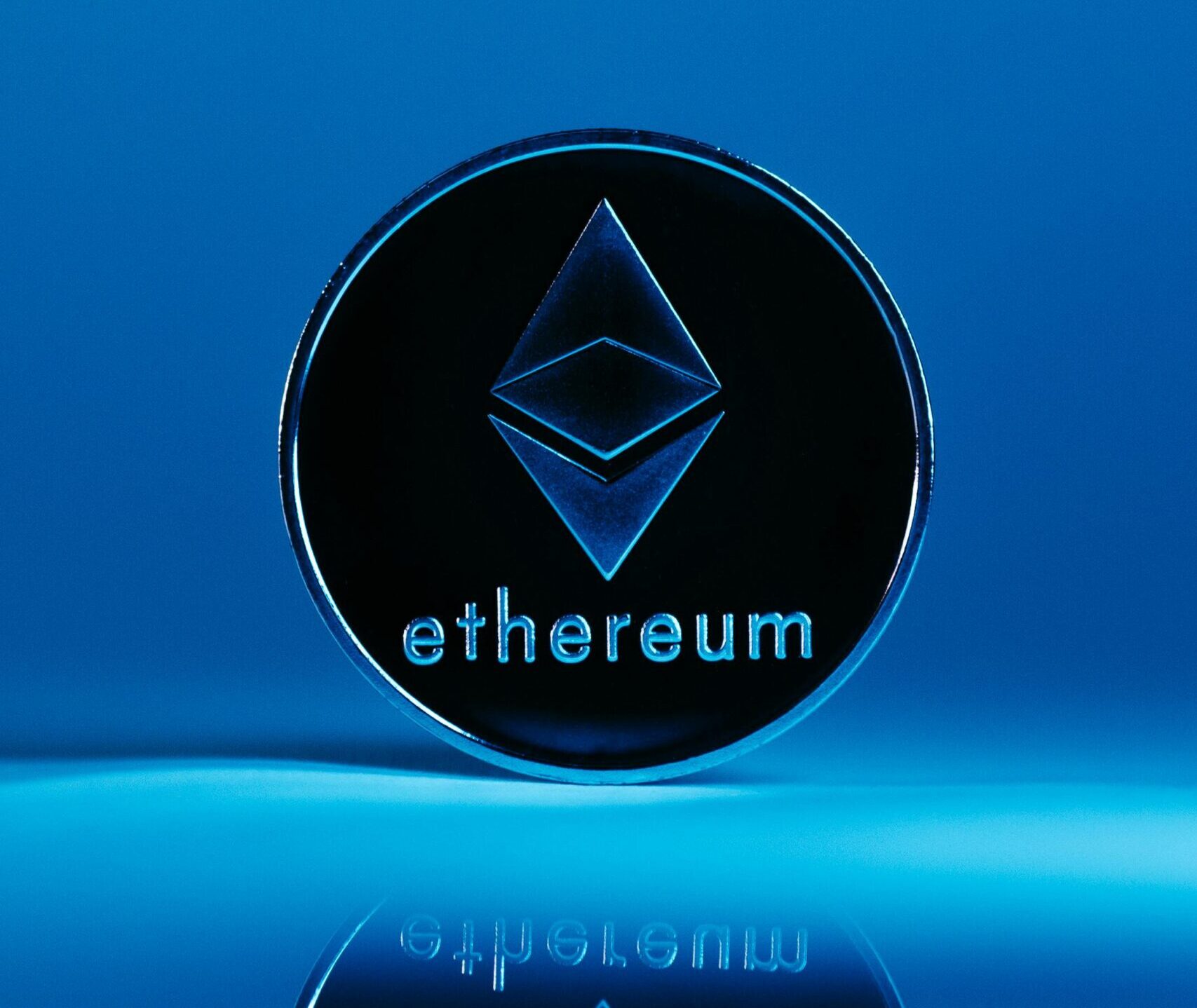The Ethereum Pectra upgrade has emerged as a defining moment in the blockchain’s evolution, bringing together major protocol changes that directly impact how users stake, interact, and develop on the Ethereum network. Designed to address long-standing performance and usability gaps, this upgrade strengthens Ethereum’s foundation for scaling, institutional adoption, and long-term ecosystem growth.
Ethereum continues its path toward scalability and improved user experience with the launch of its much-awaited Pectra upgrade in May 2025. This update merges enhancements from both the execution and consensus layers, introducing sweeping changes to validator operations, staking economics, and overall network efficiency. As Ethereum moves closer to becoming a highly optimized and user-friendly blockchain infrastructure, the Pectra upgrade represents a critical phase in its ongoing transformation.
At the core of the Ethereum Pectra upgrade is a major improvement to staking functionality. Validators can now stake up to 2,048 ETH per node, up from the earlier limit of 32 ETH. This change allows larger institutional staking services and power users to consolidate multiple validators under one setup, reducing operational costs and improving compounding rewards. It is expected to significantly ease the management overhead for high-volume staking operators while increasing yield potential across the network.
Another important update under the Pectra upgrade is the introduction of more flexible withdrawal processes. Validators are now able to initiate withdrawals directly through the execution layer using enhanced withdrawal credentials. This streamlines the process of retrieving funds and adds a layer of security and independence, particularly for validator operators who may have limited access to consensus-layer interactions. The update reduces downtime and improves responsiveness for those managing large-scale staking infrastructure.
Validator activation times have also been optimized. With deposits now recorded within execution blocks, new validators can join the network in a fraction of the time it used to take. Previously, activation could take up to 12 hours. Under the new mechanism, it is now possible in approximately 13 minutes, significantly improving the responsiveness of the staking system.
Ethereum Pectra Upgrade Strengthens Validator Control and Efficiency
The Ethereum Pectra upgrade introduces changes that benefit not only the network but also individual users and developers. Through a redesigned validator structure, staking is more scalable and efficient. The protocol now supports withdrawal-only credentials that make it easier for validators to plan and manage exits. Moreover, new features enable better self-custody and operational automation, particularly for large staking entities.
On the execution layer, the Pectra upgrade supports programmable user accounts that pave the way for account abstraction. This allows users to authorize complex transactions, including multi-signature approvals and gasless transactions. In practice, this means users can now pay network fees using tokens other than ETH and perform several actions within a single transaction. The result is a smoother, more modern experience that appeals to mainstream and enterprise users alike.
Developers are also set to benefit from technical improvements rolled out under the Pectra upgrade. Enhancements to Ethereum’s virtual machine introduce better memory management, new cryptographic operations, and improved support for zero-knowledge technologies. These upgrades reduce costs for Layer 2 applications and provide a better foundation for decentralized applications that require speed and scalability.
Long-Term Outlook for Ethereum After the Pectra Upgrade
The Pectra upgrade is not just a technical milestone; it is a strategic move in Ethereum’s broader roadmap. With validator consolidation expected to reduce network congestion, the blockchain becomes more scalable while maintaining decentralization. The upgrade also sets the groundwork for upcoming innovations such as full data sharding, stateless clients, and improvements in network throughput.
From an adoption standpoint, the improvements in staking flexibility, user account capabilities, and faster validator onboarding are likely to attract a broader base of users, including institutions and developers building financial and enterprise-grade applications. Ethereum’s dominance in the smart contract space is further reinforced by its ability to continuously evolve in response to community and technical demands.
Ethereum’s market performance has also shown signs of strength around the time of the upgrade. As of mid-July 2025, ETH is trading around the $3,080 mark, reflecting renewed investor confidence. While short-term volatility remains a feature of crypto assets, the structural enhancements introduced in the Pectra upgrade offer a solid foundation for Ethereum’s long-term growth and ecosystem resilience.
The Ethereum Pectra upgrade is a clear indicator that the network is maturing into a scalable, efficient, and highly adaptable blockchain platform. With significant improvements to validator operations, staking economics, user experience, and developer tools, Ethereum continues to lead in blockchain innovation.
ETH PRICE UPDATE
Also Read: India Crypto Policy Paper July 2025 Offers Clarity and New Directions for Web3 Economy
